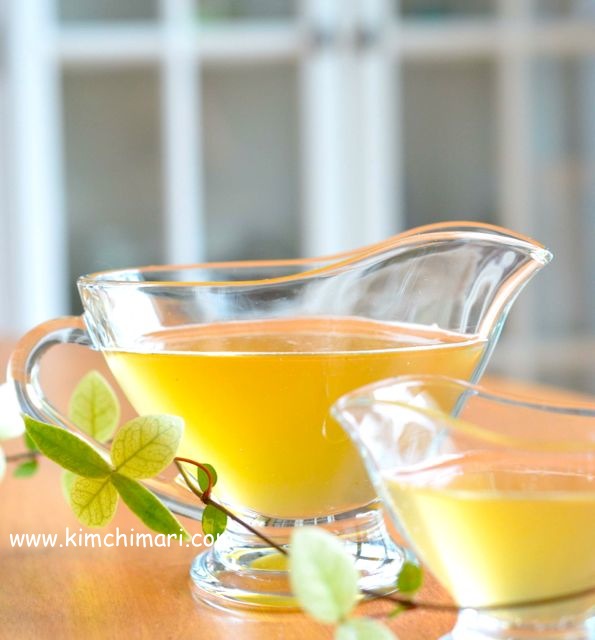
Korean Plum Extract – 매실 엑기스(Maesil Aekgiss) or 매실청 (Maseil Chung) or Green Plum Syrup – has only appeared in Korean cooking in recent years while Korean green plums (매실 Maesil, also: Chinese plum or Japanese ume) have been around for a long time. Records of its medicinal purposes go far back as 200 AD. But If you watch any Korean cooking shows or look up recipes on the internet these days, the syrup is used just about everywhere. In fact, it’s used a little too much in my opinion but that’s just me.. 🙂
The two terms, Aekgiss (엑기스) and Cheong (청) are used interchangeably to describe green plum extract or syrup. The word “Aekiss” comes from Japanese and it was their take on the word “extract”. Don’t ask me how you get “aekiss” from “extract”.. 🙂 On a side note, it IS amazing how languages change in different cultures..I’m constantly reminded not to pronounce English words correctly in Korea because people never understand what I say. For example, if I say “Food” almost no one will understand whereas if I say “Pood”.. then everyone knows it!
The word Cheong actually means a type of syrup that’s made by either physically or chemically changing certain grains without any added sugar. For example, Brown Rice Syrup (called 조청 Cho Cheong) is made from culturing cooked rice with enzymes with no additional sugar. So if you think about it, neither of these terms are fully accurate..
While I was living in the US, I resisted using this Korean plum extract in my recipes. It’s not something I grew up eating and therefore I did not feel it was authentic. Also, the Maesil Cheong is not a very readily available ingredient for many people outside of Korea, so I hesitated using them in my Kimchimari recipes. BTW, if you can’t get any plum syrup, no worries, just use plain ol’ sugar or rice syrup instead.
Now that I’m living in Korea, I’m finding that I just can not ignore Maesil Cheong anymore. It is such an integral part of Korean cooking that both my mother and mother-in-law (who is usually very traditional) now make maesil chung every year! In addition to being a great fragrant sweetener in cooking, Maesil also has many health benefits. Probably why it’s become so popular in Korea because Koreans just LOVE anything that is known to be healthy.
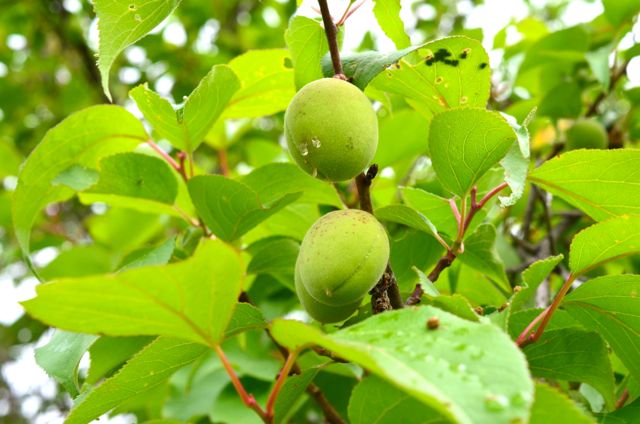
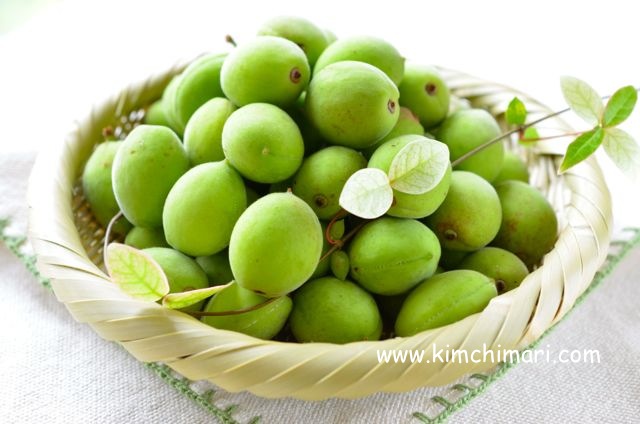
This May, I found these wonderful plum trees in our farm and after having tried it for a year, I just could not pass up the chance to make the maesil cheong green plum extract syrup myself!
How to use Korean Plum Extract or Maesil Cheong
Before we talk about how to make Korean Plum extract (Maesil Cheong), I want to share how I use it in my own home.
- Make hot or cold maesil drink – from my personal experience. drinking plum syrup + water definitely helps with indigestion especially after a large meal so it’s definitely a great dessert drink. You can serve it cold or hot, both taste and feels great. One thing though, if you have an acidic stomach, you might want to be a bit careful.
- I use Maesil Cheong in addition to sugar in many dishes – because Korean green plum extract is sour and sweet, I don’t substitute sugar fully but I substitute a little sugar with maesil or just add a splash in addition. It usually enhances the flavor of any dish when you add just a splash. Here are some dishes I always add to (I just don’t usually have it listed in many of my recipes because I didn’t want to make everyone to buy it or use it).
- Bulgogi or Kalbi marinade
- Kimchi – even though I don’t say it in each recipe, I often add a splash in all my kimchi when I make it. It’s totally fine without it but it does add that little extra something when you do.
- Fish Jorims – wow somehow I don’t have a recipe up for this but if you do make any, you can add a swirl
- Salads – like Lettuce Salad or Cucumber Salad
- Chogochujang Sauce
Ingredients
** 2 lbs of plums produce about 1 quart of syrup
- 2 lbs Green Plums
- 2 lbs sugar (white or organic unbleached)~ 2.4 lbs sugar
- 1 glass jar or breathable earthen ware (항아리 Haangari) large enough to hold both sugar and plum
Directions
- Wash the plums and drain. Let the plums completely dry by leaving it for few hours in a colander or better yet, spread them out onto a baking pan or tray lined with paper towel.
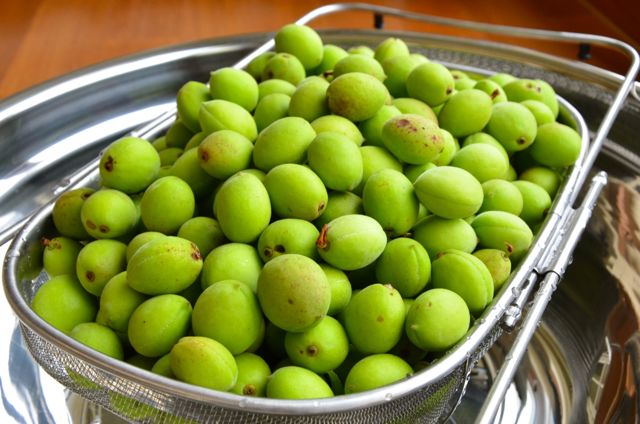
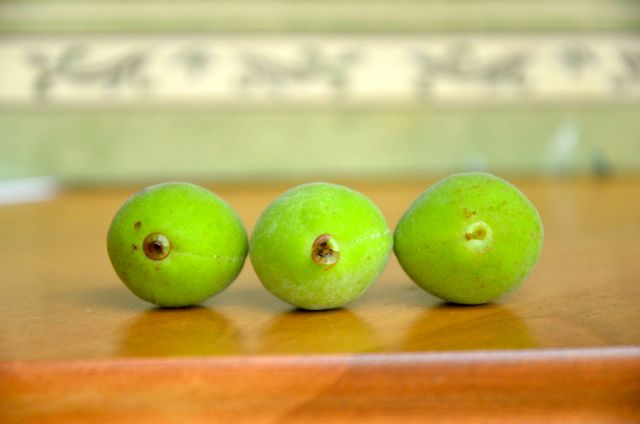
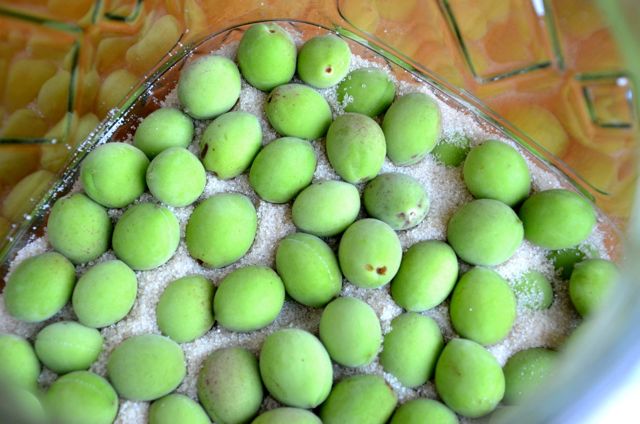
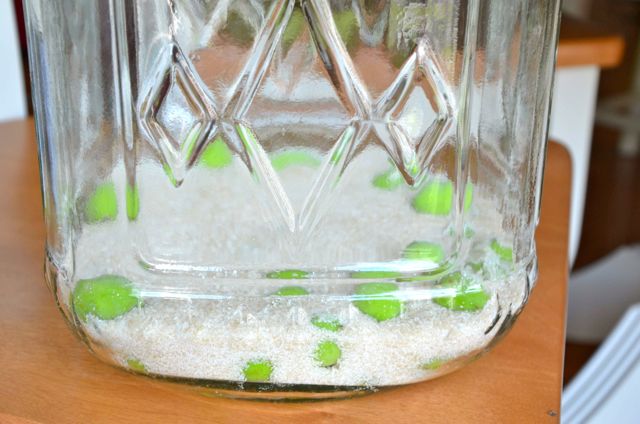
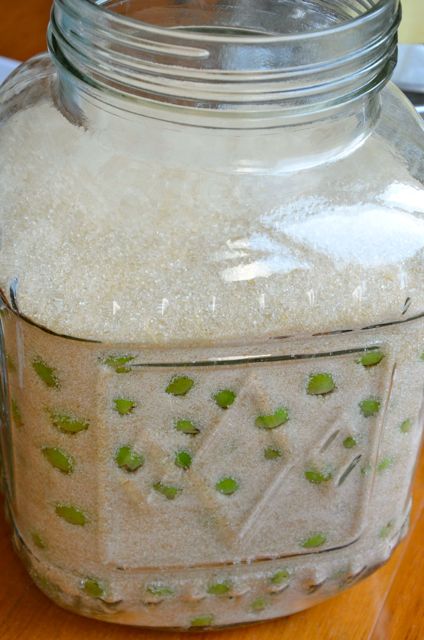
And that’s it! Cover the jar and leave it in a cool place for 90 days and the syrup should be ready.
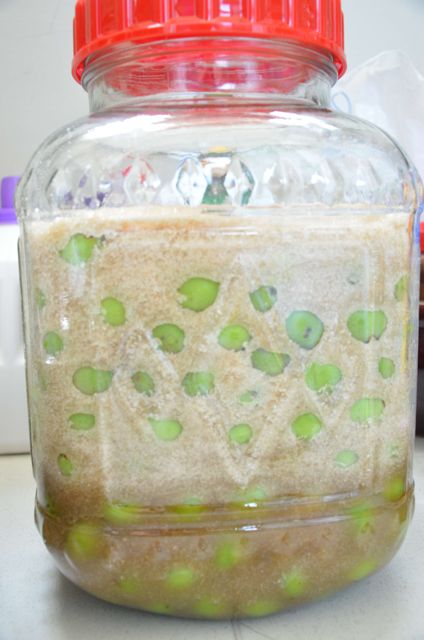
BUT WAIT!!! A bit more work is still needed..many (including me) have failed because they did not stir the syrup afterwards. See below – notice how the sugar has accumulated at the bottom of the jar. You need to stir the green plum syrup every 2 days or so (prob. for about 7-10 days) until the sugar is fully dissolved in the plum juice. You should still stir the plum syrup every now and then for the remaining 80 days. Stir if you see the top plums take on a different color or if you see white stuff appearing on top.
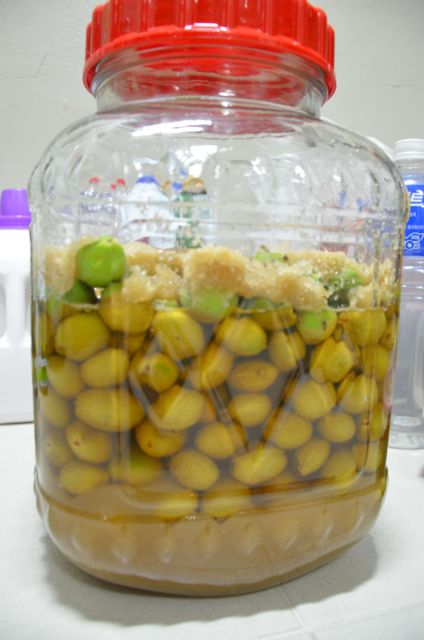
After 90 days, remove the plums with the seeds – which now will have no flesh left and look all shriveled up. Store in jars at room temperature and it will keep for at least a year or more.
Maesil Syrup Substitute
If you can’t find Korean plum extract maesil syrup, just mix 1 Tbsp water + 1 tsp apple cider vinegar + 1/2 tsp sugar to substitute 4 tsp Maesil Syrup!
In addition, consider the following:
- Don’t hold back on the SUGAR!!
- The key to making good Korean plum extract syrup is the ratio of plum to sugar. The basic is 1:1 but depending on how big and juicy the plums are, you may want to increase the ratio to 1:2. More sugar increases the success rate since more sugar means less chance for mold to develop or turn sour instead of sweet. A friend of mine used exact 1:1 ratio and failed on her first try. So I decided to increase the sugar amount to not quite 1:2 but something like 1:1.5..and SUCCESS!!
- · What sugar to use? Brown vs White vs Organic?
- This is quite a dilemma…Using white sugar will intensify the plum fragrance in the syrup but we all know it’s not the best thing for your health. I used organic unbleached sugar here. Brown sugar contains molasses like substance in addition to sugar which can diminish the flavor and fragrance of the green plums.
History of Korean plums: The oldest record of these little plums is in Chinese medicine. Chinese smoked these on top of a fire and used it to relieve pain and also take care of intestinal problems. Japanese used Ume Boshi to prevent rice from going bad in the summer.
In the last few years, studies have shown the following:
- The large amount of citric acid in the plums help the body get rid of lactic acid therefore helping the body recover faster
- The acidic plums help with secretion of saliva and digestive enzymes aiding with digestion
- The plum syrup kills off harmful bacteria to help with diarrhea and promote normal bowel function


Lastly, here are some pictures to show you how the plums look after 30 days (top left) and after 100 days (top right). As you can see the plums will turn brown after 30 days or so and that’s ok! Just drain and discard the browned, shriveled plums after the 100 days.
Enjoy!
Maesil Cheong (Green Plum Syrup)
Ingredients
- 2 lbs Green Plums
- 2 lbs sugar (white or organic unbleached)~ 2.4 lbs sugar
- 1 glass jar or breathable earthen ware (항아리 Haangari) large enough to hold both sugar and plums
Instructions
- Wash plums and drain. Let plums completely dry.
- Remove any stems including the little stub near the stem. Removing the stub is not a must but if you don’t, stubs will later float around in the syrup and you will have to strain it to get rid of it.
- Discard any plums that are rotten because these can spoil the syrup.
- Sanitize the glass jar by rinsing it with boiling water or alcohol.
- Layer sugar and plums alternately in the jar. This means you need to divide the sugar and the plums equally so that you don’t run out of sugar at the end. If you layer the sugar so that it just about covers the layer of plums, it should work out OK.
- Cover the jar and leave it in a cool place for 90 days.
- After 90 days, remove the plums with the seeds and store the syrup for use. Can be stored at room temperature for many months, even a year or more.
Tips & Notes:
- Don’t hold back on the SUGAR! The key to making good plum syrup is the ratio of plum to sugar. The basic is 1:1 but depending on how big and juicy the plums are, you may want to increase the ratio to 1:2. More sugar increases the success rate since more sugar means less chance for mold to develop or turn sour instead of sweet.
- What sugar to use? Brown vs White vs Organic? This is quite a dilemma…Using white sugar will intensify the plum fragrance in the syrup but we all know it’s not the best thing for your health. I used organic unbleached sugar here. Brown sugar contains molasses like substance in addition to sugar which can diminish the flavor and fragrance of the green plums.
- You need to stir the syrup every 2 days or so (prob. for about 7-10 days) until the sugar is fully dissolved in the plum juice. You should still stir the plum syrup every now and then for the remaining 80 days. Stir if you see the top plums take on a different color or if you see white stuff appearing on top.
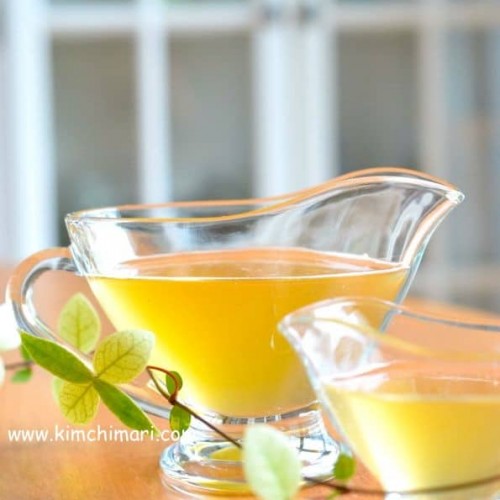
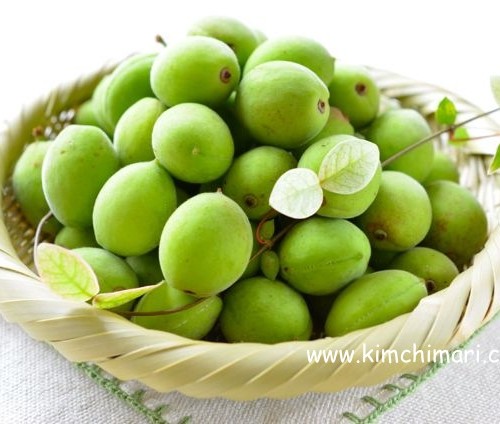
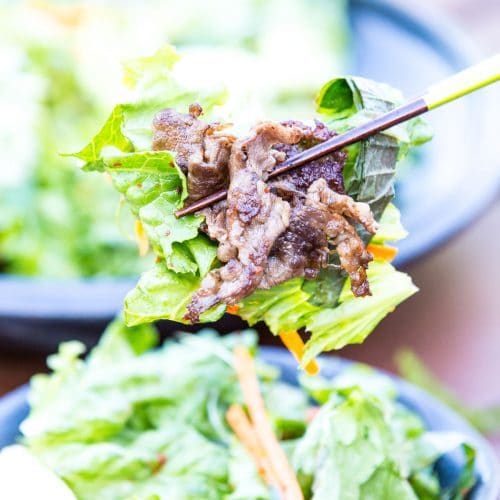
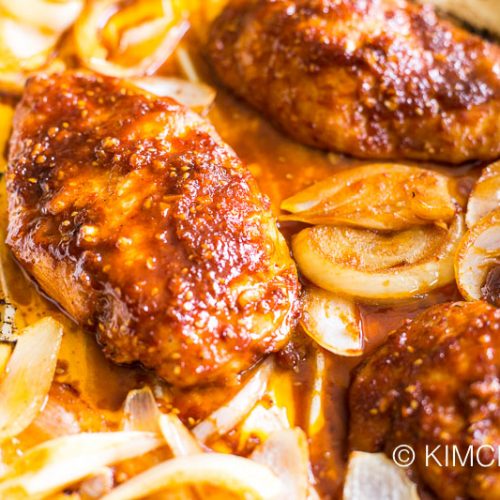
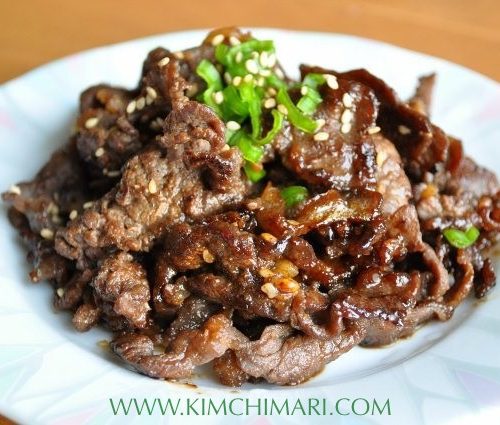
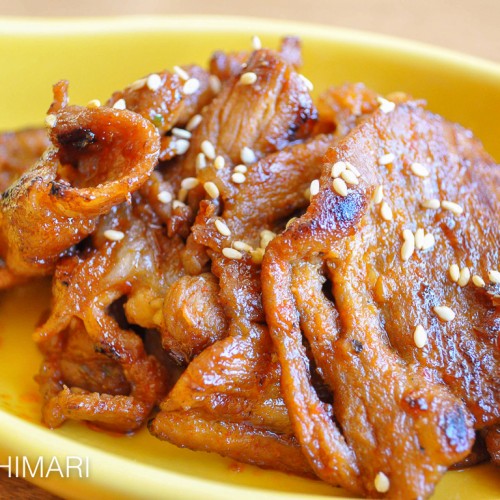
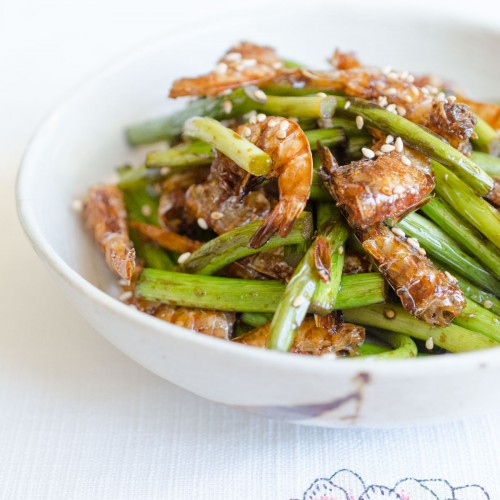
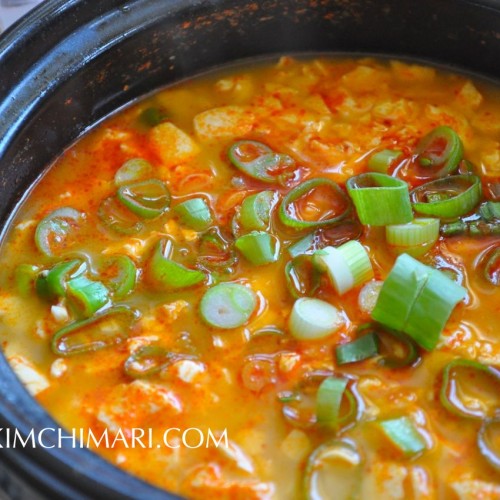
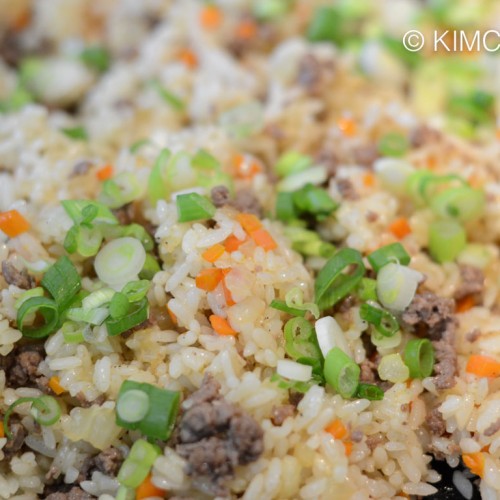
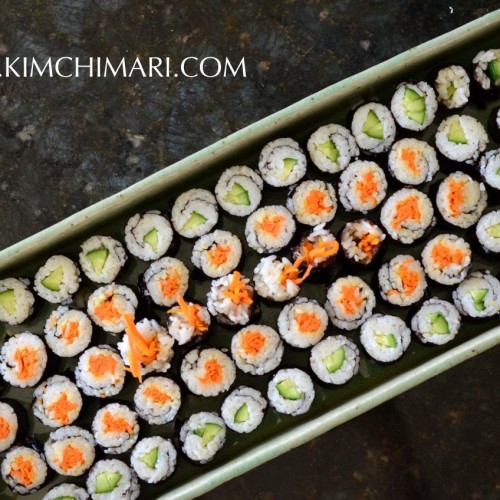
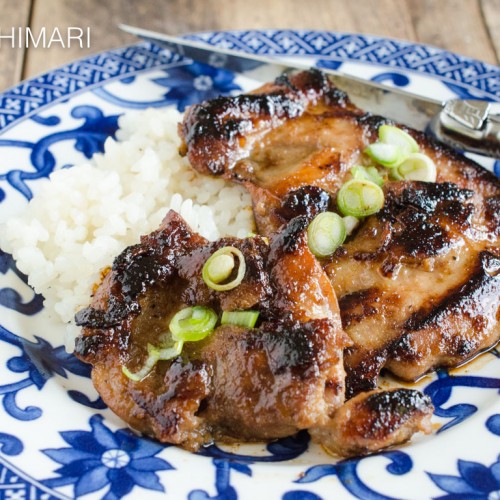
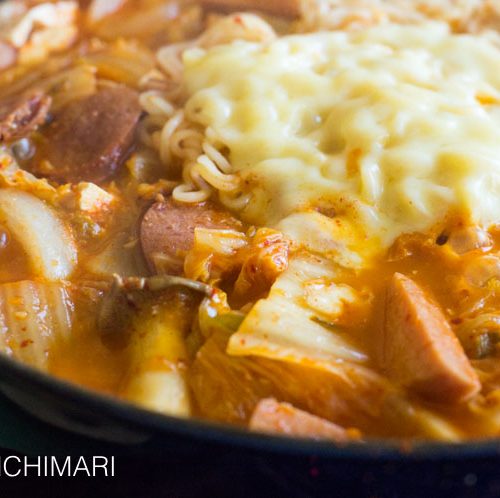
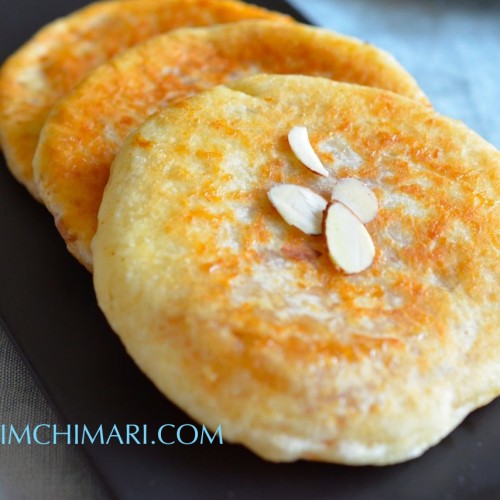






I made maesil Elisa, but I forgot to sanitize the jar with alcohol, though I did wash it with hot water and soap. After several months, I saw mold coatin floating at the top. Is it still good to use and drink?
Washing it with soap should be OK – I never sanitize my jar with alcohol. And you say ‘several months’? It should be only about 3 months (1000 days to be exact). Perhaps you didn’t use enough sugar? Did you use my recipe? Mold doesn’t usually develop if there’s enough sugar to plum ratio. But anyway, it’s hard to tell by just description but it should be still ok to use if the mold is minimal – but if the whole thing smells of mold, I would not use it. T
Will crabapples or berries have the same health benefits?
I thought using the green plums will breakdown the sugar due to the plum’s acidity and hence more sutable for diabetics.
Also, I was told to remove the green plum seeds after 90 days because after 90 days the syrup will be toxic or the seeds will give off toxin?
Hmm.. honestly I’m not sure if they have the same health benefits – my gut feeling says that it will probably not be the same. Because depending on the fruit, the benefits are different. Omija chung for example has different health benefits than green plum and to be more precise, they better match different body types.
As for the seeds – yes, just like with any seeds, it has a small amount of toxin but there are many conflicting opinions on whether it’s OK to leave it in the syrup or not. Some will take out the seeds even from the beginning (which is a lot of work) and then some say there are Japanese Ume wine where you leave the plums with seeds in for a year or so – compared to that 90 days is not long. So definitely you will want to remove the plums after 90 days but will share more about the seeds when I have some definite information. Hope this helps! You can also join my Korean food facebook group and ask any questions you may have. Good luck!
Hi, I was wondering how long the plum extract that I’ve made will last in the refrigerator. I made a batch in 2016 and still have a big jar left. No mold on it. Can I still use it? Will it last for years? Thanks for your help!
Elaine
It will last for years – especially if you keep it in the fridge. I still use syrup that I made 2 years ago which has been kept just at room temp. As long as it tastes ok and no mold, it should be fine!
If you’re using maesil cheong to substitute for brown sugar in a Jaeyookgeui recipe, how much should you use? Is there a brown sugar substitute chart somewhere? I want to use Maesil instead of sugar, to clarify.
Hm.. so maesil cheong is less sweet than sugar per tsp as it has the green plum juice along with sugar. And Maesil Cheong also has a tart/sour taste so you probably will not want to replace all the sugar with maesil cheong completely because your sauce may end up being too sour. Probably a mixture of maesil + sugar(or honey) will work great as adding a bit of acidity to meat marinade is wonderful but you don’t want it to be too much. Let me know if you have more questions.
We make Maesil-Cheong every year, but I wonder about using Crabapples instead of plums to make a Cheong. Has anybody experimented with other fruits?
Hi! Yes, Koreans make cheong with a lot of other fruits – besides Maesil, the other traditional one is Omija (five flavor berry) but you can certainly make it with crabapples. Just use 1:1 sugar ratio and you may not need to ferment as long as green plums. Try 3 weeks or so.And keep in fridge if your weather is warm. Good luck!
I make this with blackberries, blueberries, rhubarb and vanilla pods. This year I’ll make sweet cherry and rose. I leave the fruit and sugar in the jar for at least a year. They become slightly alcoholic which i know is a different thing but it’s fantastic in drinks and food!
I want to do this with marrionberries. Do you use a 1:1, fruit to sugar ratio with berries?
Thanks!
Yes 1:1 is the usual ratio.